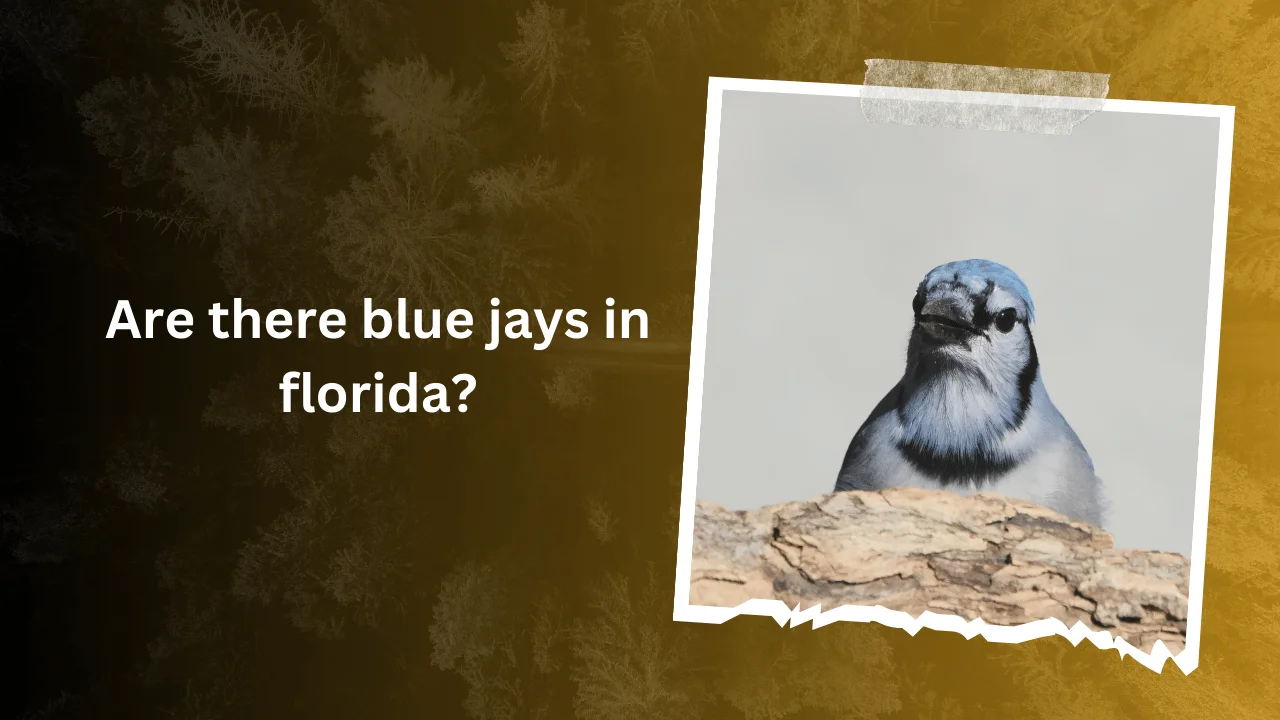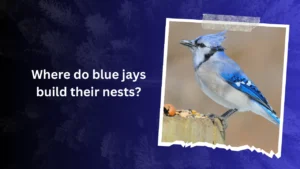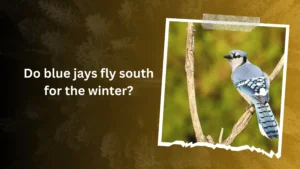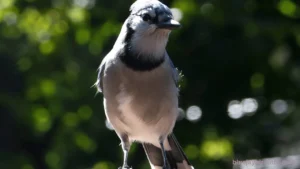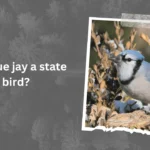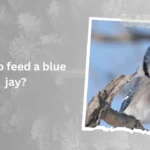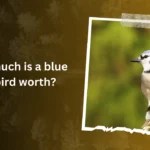In the heart of sunny Florida, home to exotic plants, sandy shores, and vibrant wildlife, you might expect to see pelicans, herons, or even flamingos.
But if you’ve spotted a flash of brilliant blue and heard the unmistakable call of a blue jay, you might be wondering if these striking birds are truly at home in the Sunshine State. While blue jays are often thought of as woodland birds from further north, many have indeed made a home in Florida, finding ways to adapt and thrive in the subtropical climate.
This shift in habitat isn’t by chance; it’s a fascinating example of avian adaptability and environmental changes at work. As populations move, adapt, and establish new territories, blue jays bring with them a lively presence, a fascinating vocal range, and their iconic blue feathers, adding unexpected pops of color to Florida’s wildlife scene.
Their success in Florida, however, raises questions about how these birds fit into the ecosystem, the impact of human development on their migration patterns, and what it means for residents who may not be used to seeing them year-round.
So, why have blue jays made Florida a second home? In this article, we’ll explore the journey of blue jays in Florida, the reasons behind their adaptability, and what it means for bird lovers, wildlife enthusiasts, and curious onlookers alike.
Contents
Native Range of Blue Jays
Geographical distribution
Blue jays have a native range primarily in North America, covering a vast area from southern Canada down through the eastern and central United States.
Historically, these brilliant blue birds thrived in forested areas, especially deciduous and mixed woodlands, where they could find ample food and shelter. Over time, blue jays expanded their territory, moving further south as environmental changes and adaptations allowed, eventually reaching parts of Texas and the Gulf Coast.
However, certain environmental and ecological factors initially limited their range into Florida. For instance, blue jays rely on particular tree species for food and nesting, which were less prevalent in parts of Florida’s original landscape.
Additionally, temperature variations and availability of resources impacted their survival in warmer climates. But with urban development and alterations to local ecosystems, blue jays found suitable environments even in parts of Florida, where new food sources and nesting sites allowed them to thrive.
These shifts reveal not only the resilience of the blue jay but also how changing landscapes can impact the movement and survival of various species.
Human activities
The introduction of blue jays to Florida can be largely attributed to various human activities that have reshaped the state’s landscape. As people began to develop new habitats through urbanization and agriculture, they inadvertently created environments conducive to blue jays.
The introduction of non-native plants provided additional food sources, making areas like parks and residential neighborhoods attractive for these birds. Consequently, blue jays found suitable nesting sites and ample food supplies, which facilitated their establishment and growth in the region.
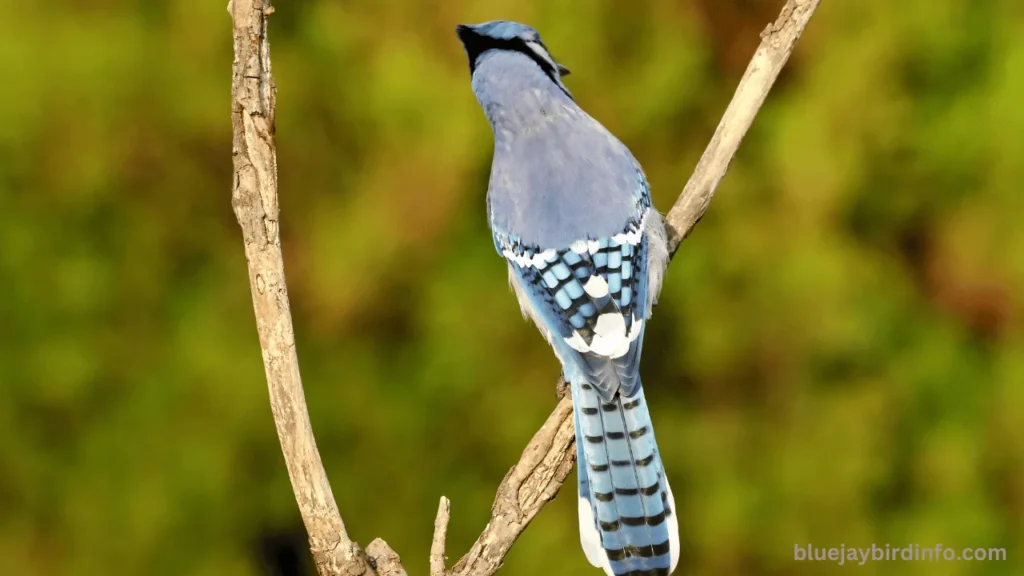
Historical records indicate that blue jays were spotted in Florida as early as the 19th century, but their presence was not as common as it is today. Over the decades, reports of blue jay sightings increased, reflecting their growing population. By the mid-20th century, blue jays became a familiar sight in various habitats across the state.
This timeline highlights not only the adaptability of blue jays but also the significant impact of human development on the distribution and survival of wildlife in Florida. The presence of these vibrant birds serves as a reminder of how interconnected our activities are with the natural world, emphasizing the importance of fostering environments that support biodiversity.
Blue Jay Adaptations and Survival in Florida
The adaptation of blue jays to the unique ecological conditions of Florida is a remarkable example of how wildlife can thrive in diverse environments. The subtropical climate offers blue jays a warm habitat with plenty of sunshine, allowing them to find food and shelter year-round.
In Florida, blue jays have successfully established themselves in various habitats, including forests, parks, and suburban areas, which provide essential resources and nesting sites. Their adaptability to these environments highlights their resilience and ability to utilize the ecological niche available to them.
Food sources play a crucial role in the survival of blue jays in Florida. These birds are omnivorous, feeding on a varied diet that includes insects, fruits, seeds, and nuts. The abundance of native and introduced plants in Florida ensures a steady supply of these food items throughout the year.
For instance, blue jays often forage in oaks, pines, and palms, taking advantage of the rich offerings in their surroundings. This diverse diet not only supports their nutritional needs but also allows them to thrive despite fluctuations in food availability.
However, blue jays face challenges from potential predators and competition in Florida. Native birds of prey, such as hawks and owls, can pose a threat to blue jays, especially during nesting season. Additionally, competition for food and nesting sites from other bird species can impact their survival.
Despite these challenges, blue jays have shown remarkable resilience and adaptability, allowing them to maintain their populations in Florida’s ever-changing ecosystems. This dynamic interplay between adaptation, resource availability, and competition is crucial for understanding how blue jays continue to flourish in their new environment.
Impact of Blue Jays on Florida Ecosystems
The impact of blue jays on Florida ecosystems is a complex interplay of both beneficial and negative effects. On the positive side, blue jays play a crucial role in seed dispersal, which helps promote plant diversity and the health of local ecosystems.
As they forage for fruits and seeds, blue jays inadvertently carry and drop seeds throughout their habitat, contributing to the growth of new plants. Additionally, their diet includes a variety of insects, making them effective at controlling insect populations.
This natural form of pest control can be particularly beneficial for maintaining the balance of ecosystems and promoting healthy plant growth.
However, blue jays can also have negative effects on Florida’s native wildlife and habitats. Their vocalizations and aggressive behavior during nesting season may deter other birds from nesting nearby, leading to a decline in local bird populations.
This can disrupt the ecological balance, as fewer species may lead to changes in predator-prey dynamics. Furthermore, blue jays may compete with native species for resources and nesting sites, particularly with smaller birds that rely on similar habitats.
This competition can result in resource scarcity, potentially affecting the overall health and diversity of the ecosystem.
In conclusion, while blue jays bring certain benefits to Florida ecosystems through seed dispersal and insect control, their presence also raises concerns regarding competition with native species and potential disruptions to local wildlife.
Understanding these dynamics is essential for appreciating the role of blue jays within Florida’s rich ecological tapestry, and highlights the importance of maintaining a balanced approach to wildlife management in the state.
Conservation Considerations
Conservation considerations are vital for ensuring the sustainable coexistence of blue jays with native wildlife in Florida. Effective population management strategies are essential to monitor and control blue jay numbers, particularly in areas where they may outcompete native species for resources.
Implementing measures such as habitat assessments and nesting site monitoring can help maintain a balanced ecosystem, ensuring that blue jays do not dominate over vulnerable bird populations.
Equally important is the preservation of natural habitats. Protecting and restoring Florida’s diverse ecosystems will provide essential resources and nesting sites for both blue jays and native species.
By maintaining healthy habitats, we can support the complex interrelationships among various wildlife populations, thereby promoting biodiversity and ecological stability.
Lastly, public education plays a crucial role in raising awareness about the presence and ecological impact of blue jays in Florida. Engaging local communities through workshops, informational campaigns, and citizen science initiatives can foster a better understanding of the species’ behaviors and ecological roles.
By encouraging positive interactions and responsible wildlife practices, we can create a more informed public that actively participates in conservation efforts, benefiting both blue jays and the broader ecosystem.
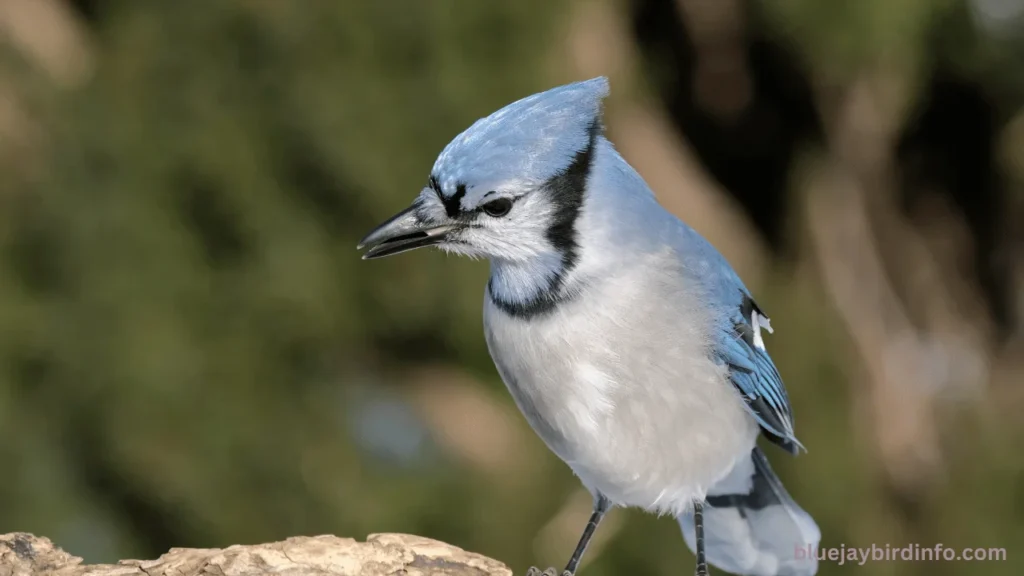
Conclusion
In this exploration of whether blue jays are found in Florida, we’ve uncovered several key points. Firstly, while blue jays are not native to Florida, their populations have successfully established themselves in the state due to human activities and environmental changes.
Also read other articles regarding Blue Jay Nesting!
FAQ’s
Are blue jay screams an indicator of nearby predators?
Frequently, yes. Blue jay screams can be alarm calls to alert other birds to a predator’s presence.
Can blue jay screams serve as a form of communication with humans?
While not direct communication, blue jay screams may signal a response to human presence if they feel threatened or territorial.
Are all blue jays aggressive?
While blue jays can exhibit aggressive behavior, especially when defending territory, their behavior varies based on context and environmental factors.
How can I protect birds in my yard from potential egg-stealers?
Providing safe nesting sites, monitoring nests, and reducing disturbances can help protect birds from predators, including blue jays.

